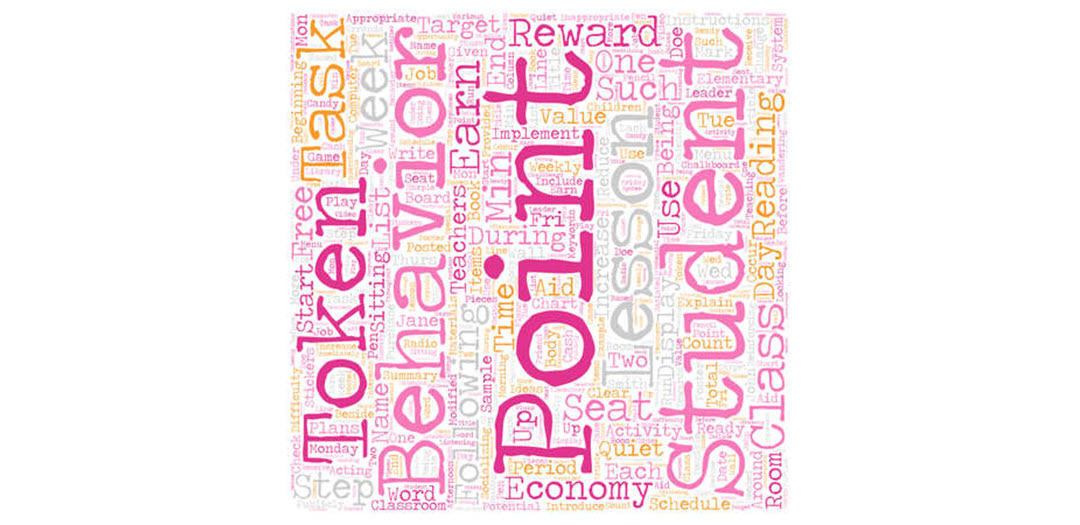If you’ve been reading our blog, you have background on some of the reinforcement basics: the two types (positive and negative) and reinforcement schedules. Understanding the principles and terms is important in taking the next step… understanding the means in which reinforcement is being used to assist your child or learner. Because the topic of reinforcement is limitless (this is our third blog about it, right??), we are going to reign ourselves in to focus on two systems of reinforcement: token economy and differential reinforcement of other behaviors (DRO). These methods are the most commonly utilized at Success Across the Spectrum, and they are very often written into behavior intervention plans. Familiarizing yourself with token economy and DRO will help you get a firmer grasp of how your child is learning through reinforcement.
What words come to mind when you hear “economy”? Money? Goods? Purchase? Exchange? (This is an ABA blog, so let’s steer clear of “inflation”!!). If you’re thinking along these lines, then you are on the right track to understanding token economy. Before we move on, you may also hear this referred to as a “token system” or “token reinforcement system”… the three are synonymous. In a token economy, when a predetermined number of tokens has been earned or collected, they are exchanged for a more highly-preferred reward or reinforcer. Because a token economy is a system of reinforcement, it’s aim is to… (try to fill in by yourself before you read on!!!)… increase a target behavior or response.
What makes a successful token economy? As far as materials used, that varies. I’ve seen token boards made out of cardboard, construction paper, and index cards and small tokens like: stickers, pennies, or hand-drawn stars and smiley faces. I have also seen small jars used to collect marbles or pebbles. The important thing is that the learner associates the receiving of a token with performing or exhibiting the desired behavior. It is essential that the number of required tokens and highly-preferred reward are established ahead of time. A token economy is a powerful visual tool for the learner. Remember: we all like knowing what we’re getting and how long it’s going to take.
Differential reinforcement of other behaviors (DRO) includes an additional element: time. DRO differs from token economy in another major way: it reinforces the absence of a target behavior. For example, behaviors to target in a DRO may include: getting out of seat, leaving the instructional area, aggression, or talking out of turn in class. These behaviors are problematic and challenging, and the absence of the behavior is reinforced after a fixed amount of time. DRO and token economies do not need to work independently of one another.
If you happen to catch your child’s ABA therapist with a token board and a timer, chances are they are using token economy and DRO in conjunction. This may be better understood with an example… let’s say our learner is prone to getting out of their seat. After collecting baseline data, the therapist and BCBA decide that 1 minute is an appropriate interval to begin the DRO. At the start of the session, the learner has decided that they would like to earn playdough. The therapist affixes a picture of playdough to the token board and starts the timer. After 1 minute, the learner has stayed in their seat, so they earn a token. There has been an absence of the target behavior (getting out of their seat). This pattern continues until all tokens are earned and exchanged for playdough.
Now when your ABA therapist walks through your front door with a giant bag (that has to have had you thinking at least once: what do they have in there??), you may have a better idea of what they have inside… token board, tokens, reinforcers, and timers – just to name a few. Reinforcement is a key element to ABA, and it pays to understand the concept so that we can use it to our advantage… and to the advantage of our learners.


